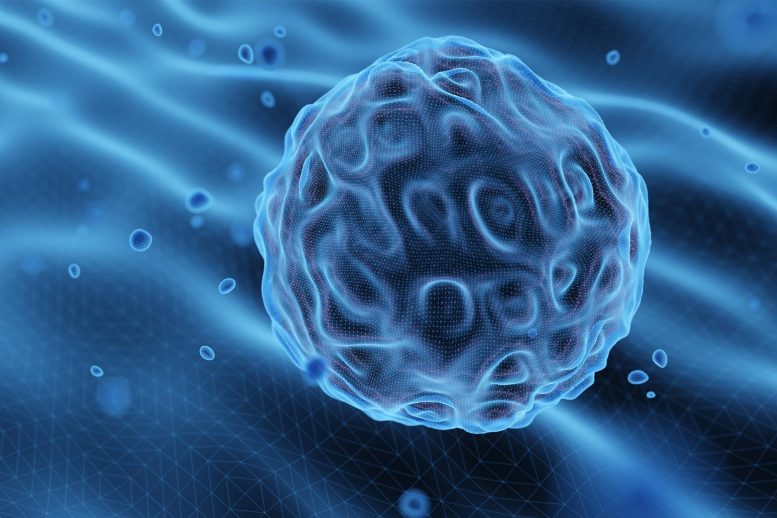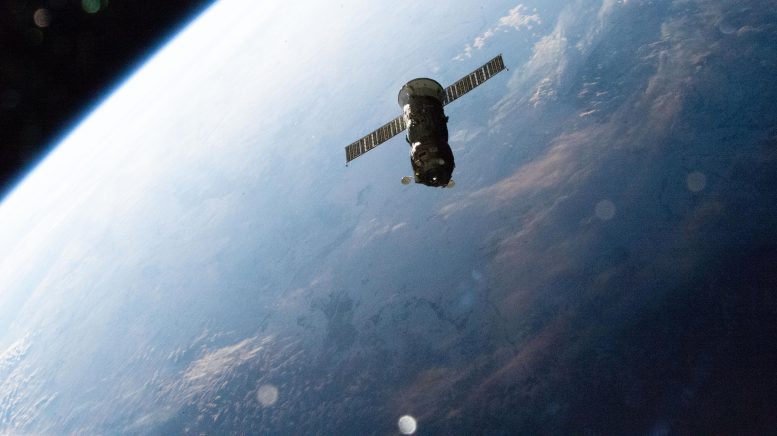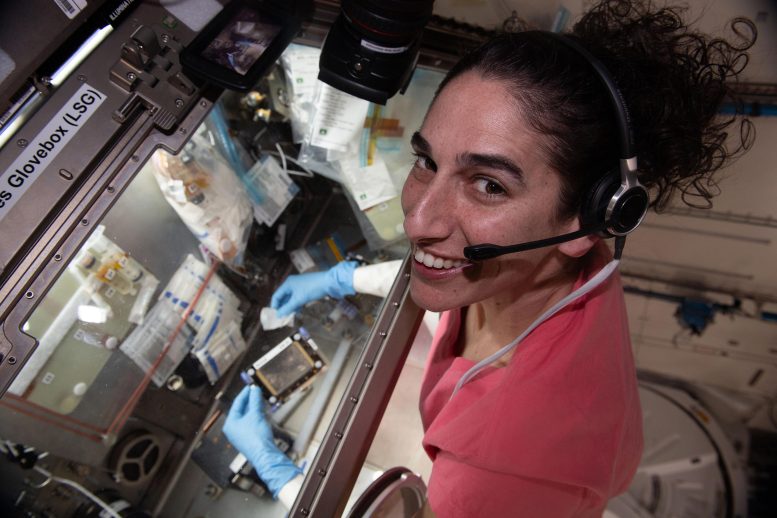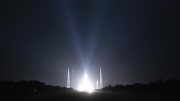
The Expedition 70 crew at the International Space Station embarked on a busy week filled with stem cell research and preparations for the arrival of the Progress 87 cargo craft.
A busy week of science and prep for an upcoming cargo delivery kicked off aboard the International Space Station on Monday as the Expedition 70 crew set its sights on new stem cell research and orbital training.
Preparation for Cargo Delivery
Two cosmonauts, Flight Engineers Oleg Kononenko and Nikolai Chub, are gearing up to be on duty monitoring the automated docking of the Progress 87 cargo craft, which is scheduled to launch from the Baikonur Cosmodrome in Kazakhstan at 10:25 p.m. EST on Wednesday, February 14. Loaded with nearly three tons of food, fuel, and supplies, Progress will dock to the station around 1:12 a.m. Saturday, February 17. In preparation of the upcoming cargo delivery, the cosmonauts trained on the telerobotically operated rendezvous unit, or TORU, which allows them to remotely control an arriving spacecraft in the unlikely event it could not automatically dock.

The Progress 84 cargo craft is pictured shortly after undocking from the International Space Station’s Poisk Module. Credit: NASA
Meanwhile, the Progress 85 cargo craft, which arrived to the station about six months ago, will undock from the station at 9:09 p.m. Monday, February 12 About three hours later, it will be commanded to deorbit before harmlessly burning up over the Pacific Ocean.
Advancements in Stem Cell Research
While training for the upcoming mission was underway, two NASA Flight Engineers, Jasmin Moghbeli and Loral O’Hara, focused a majority of their day on the Mesenchymal Stem Cells in Microgravity Induced Bone Loss (MABL-A) investigation. MABL-A, which was delivered aboard Northrop Grumman’s 20th Commercial Resupply Mission nearly two weeks ago, assesses the effects of microgravity on bone marrow stem cells. The duo worked separately throughout the day to sample BioCells inside the habitat with assistance from JAXA (Japan Aerospace Exploration Agency) Flight Engineer Satoshi Furukawa.

NASA astronaut and Expedition 70 Flight Engineer Jasmin Moghbeli works inside the Life Science Glovebox for the Microgravity Associated Bone Loss-A investigation. She was processing bone cell samples obtained from human donors on Earth and exploring space-caused bone loss. Results may help doctors learn how to protect and treat astronauts on long-term missions and inform treatments for bone conditions on Earth. Credit: NASA
Orbital Training and Equipment Setup
Later on, Moghbeli donned the Bio-Monitor garment and headband, which monitors and records vital signs while crew members perform daily activities. Afterward, she was joined by Furukawa, ESA (European Space Agency) Commander Andreas Mogensen, and Roscosmos Flight Engineer Konstantin Borisov to complete orbital training in the unlikely event an emergency were to occur on station.
Near the end of the day, Mogensen, with assistance from Furukawa, unstowed the NanoRacks External Platform and then mounted a pressure management device to it before configuring power and data cables.









Be the first to comment on "Unlocking the Secrets of Stem Cells in Zero Gravity"